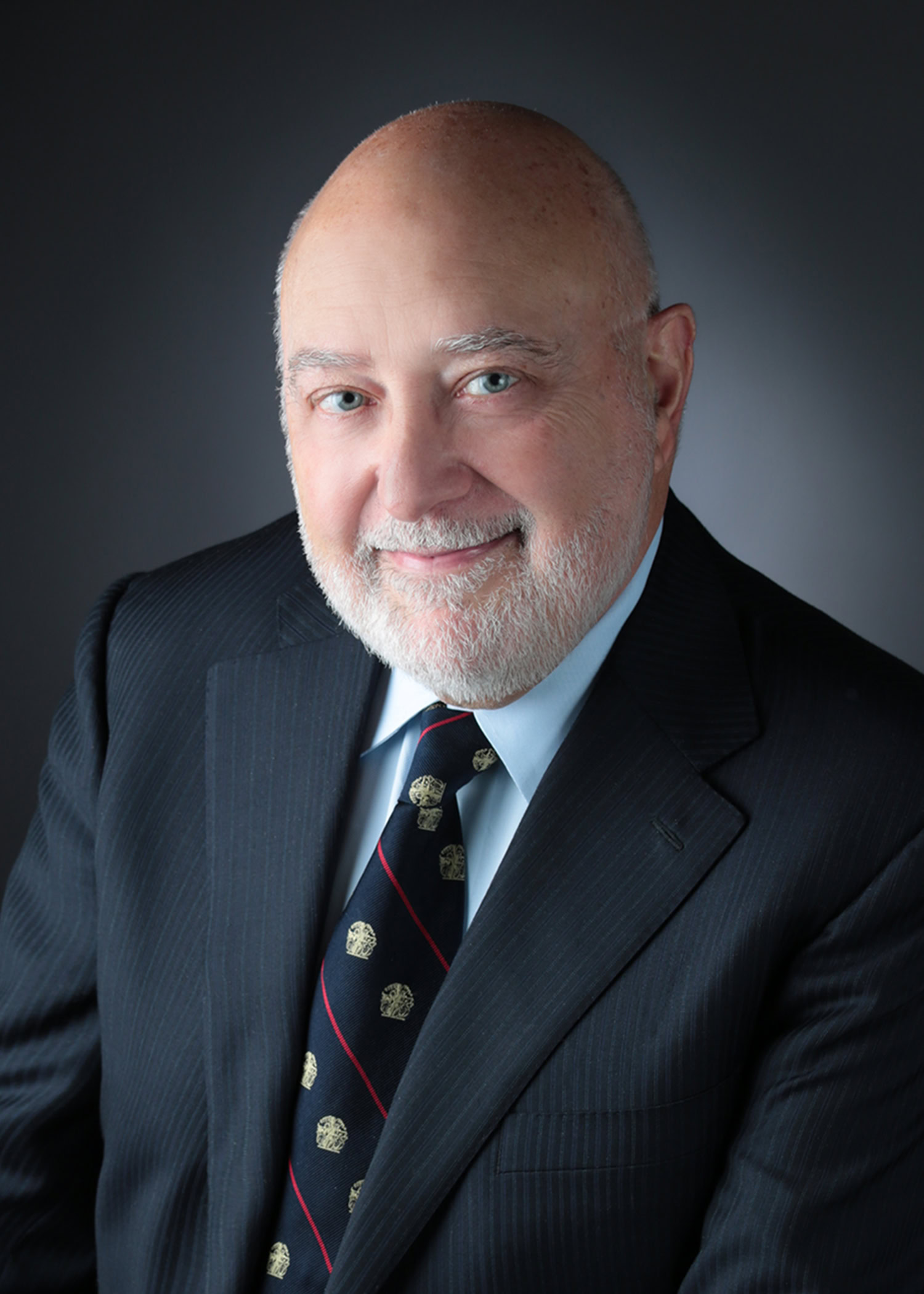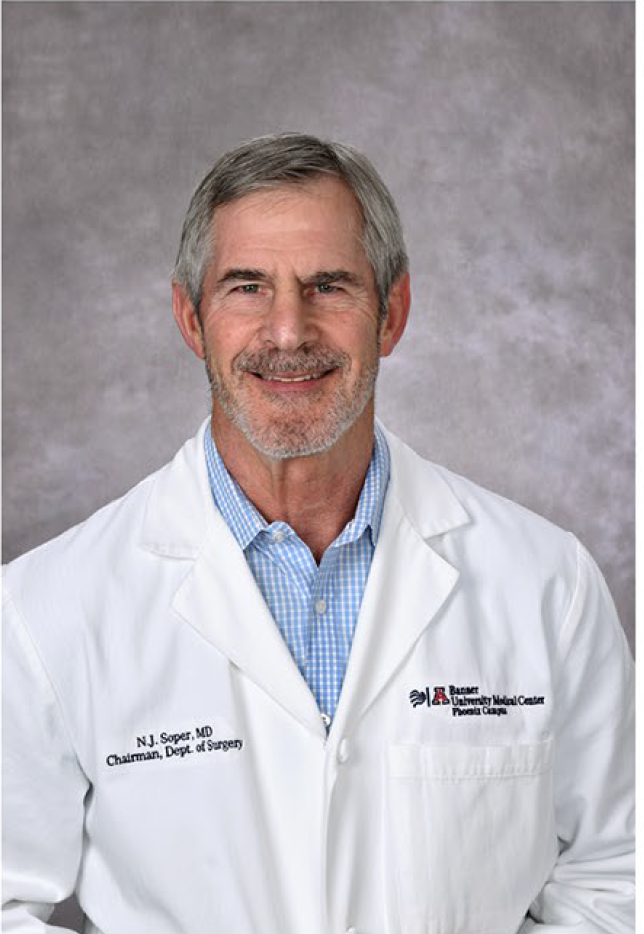This year’s Legends of GI Surgery session during Digestive Disease Week® (DDW) 2024 honored two former SSAT presidents and pioneers in laparoscopic surgery — Carlos Pellegrini, MD, professor and chair emeritus of the department of surgery at the University of Washington and Nathaniel Soper, MD, professor and chairman of the department of surgery at the University of Arizona.

“The idea of laparoscopy was radical,” Dr. Soper told DDW News. “We had a saying that ‘big surgeons make big incisions.’ The idea of making several tiny incisions to insert scopes, cameras, lights … it went against everything we knew about mainstream abdominal surgery.”
In the mid-1980s, surgeons began experimenting with a revolutionary new idea. Instead of opening the chest or abdominal cavity and manipulating organs with their hands, surgeons could insert a scope and other instruments through tiny holes. Operations that once required a 6- to 12-inch incision and days of recovery in the hospital could now be done with incisions as thin as a pencil, and the patient could go home soon thereafter.
Initial laparoscopic operations focused on gallbladder removal, a relatively easy and common procedure, but it soon became apparent that laparoscopy could become the primary way to perform many operations on the stomach, esophagus, colon, pancreas and liver.
“Laparoscopy revolutionized surgery and led to minimally invasive surgery,” said Dr. Pellegrini. “People were pushing the edges of what could be done.”
Dr. Pellegrini started doing esophageal procedures in 1991. The esophagus is a particularly difficult organ to access surgically. It is buried deep in the chest and abdomen and surrounded by blood vessels. Laparoscopic surgery of the esophagus required new tools to retract tissues, position the liver and seal blood vessels.
He described the first minimally-invasive procedure to treat the swallowing disorder achalasia:
“My patient asked to have minimally-invasive surgery. There was a major risk that it wouldn’t succeed. We prepped the procedure as if we were doing an open surgery. That way, if it didn’t succeed, we had a back-up plan.”
Dr. Soper started the first laparoscopic program at Washington University in St. Louis in 1989 and focused on developing techniques to minimize injury and promote surgical education. “Many surgeons rushed into laparoscopy without understanding the fundamentals of this new approach,” he said. “We initially saw a huge increase in bile duct injuries during gallbladder removals.”
Surgeons had to re-learn some of their skills, he said, “It was a whole new way of visualizing and manipulating tissue. You’re looking at a 2-D screen, which changes your depth perception. And instead of feeling the organs with our hands, we are moving things with long, narrow instruments. If we move our hand down, the instrument goes up. It took time to adjust.”

Laparoscopy is already considered “old-fashioned,” Dr. Pellegrini said, and the future, both surgeons agree, is in the burgeoning field of robotic surgery. “It’s better for the surgeon ergonomically. It provides a 3-D image instead of a 2-D screen, and we can articulate the instruments in ways that would be impossible to do with our straight-stick laparoscopy,” said Dr. Soper. “We’ve come to a point where those of us who don’t do robotics are considered dinosaurs.”
Drs. Pellegrini and Soper participated in the SSAT Legends of GI Surgery session on Monday, May 20, at 4 p.m. EDT.



